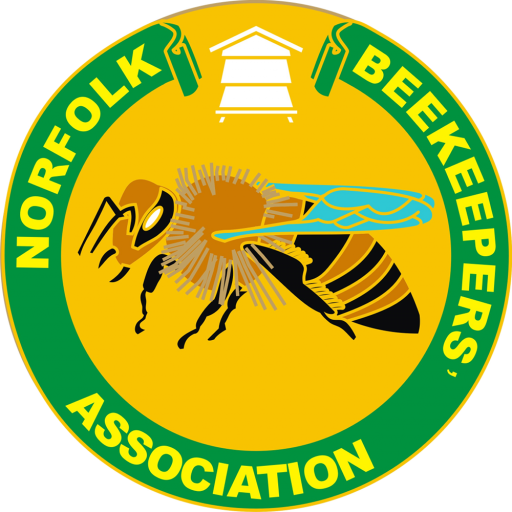The months between October and January are the quietest for bees although they may be active gathering water and pollen and on essential cleansing flights on warmer, sunnier days.
Bees should not be disturbed during these months. At least once a month you should inspect your hives to ensure they are upright and sound. Regular hefting will help to monitor food supplies with disturbing the bees too much. If any hive feel very light, especially in late February early March, they must be fed fondant. If cold weather extends into late March, early April you will need to provide fondant.
Providing the bees are housed in a sound, dry hive, with adequate stores to see them through until March and beyond, have either a mouse guard fitted to the entrance or better still, an entrance block with the correct depth of slot (5/16″ or 8mm) with protection from woodpeckers if they are a problem locally, then all should be well.
Keep an eye on the entrance to the hive. Much more can be learned by observation than by disturbing the bees. Check that no dead bees are blocking the entrance.
The winter period provides a good time to evaluate the requirements for both beekeeper and bees. Plan well ahead – have all supers, queen excluders, feeders etc cleaned and stored away. Ensure adequate brood frames are prepared for that burst of energy from the hive that seems to catch nine out of ten beekeepers out every spring. Look forward to seeing those first pollen loads going into the hive in February and March, then you know that in less than four to six weeks someone will announce that they have had their first swarm
